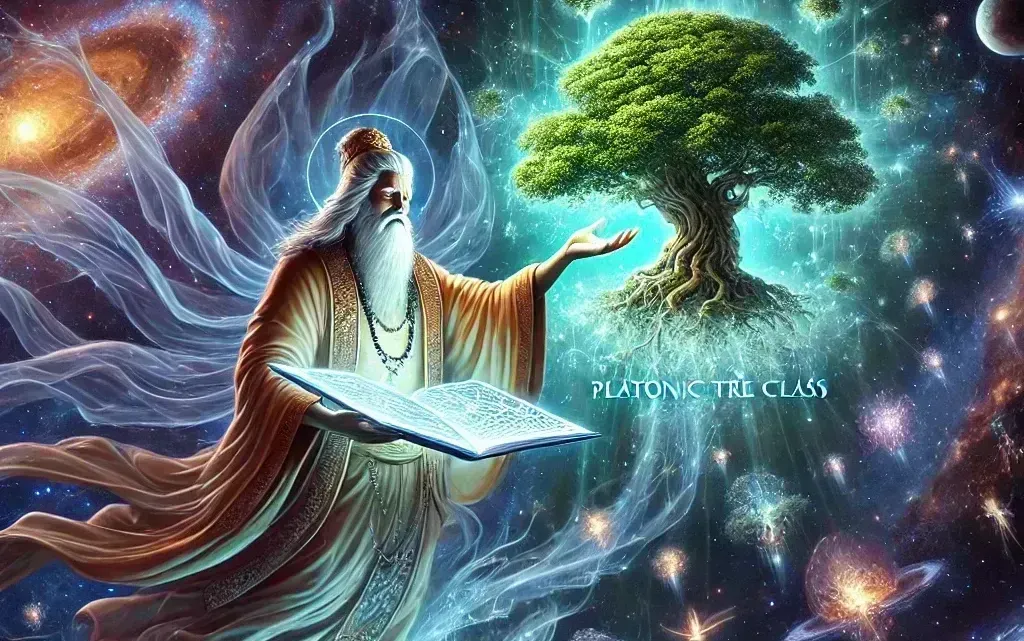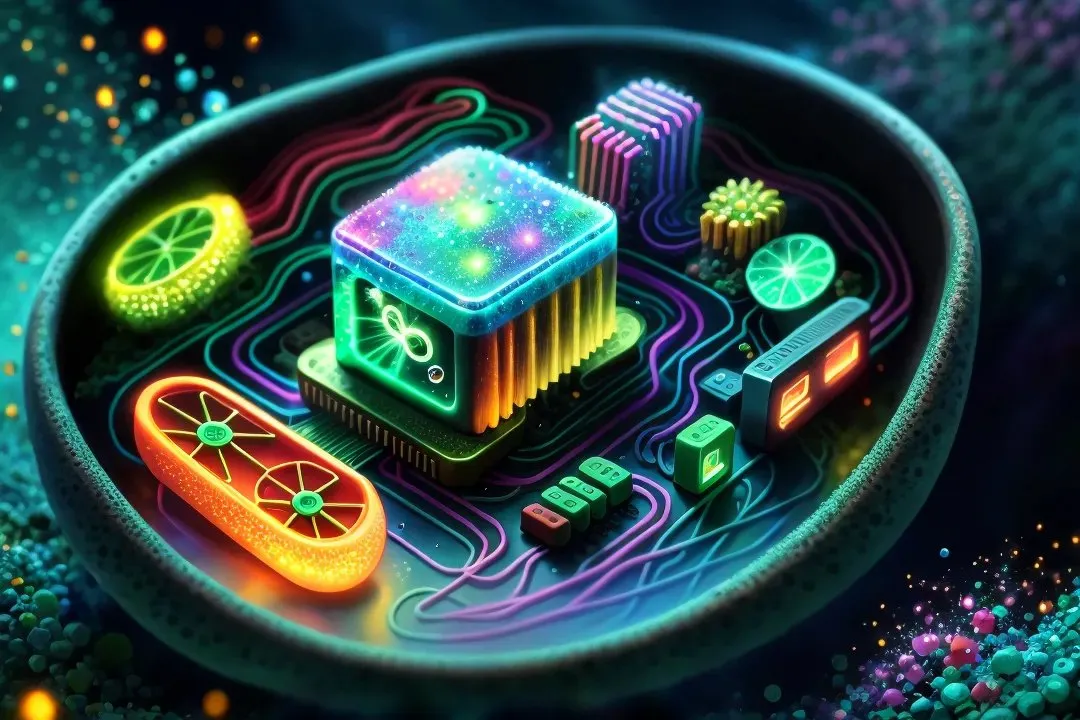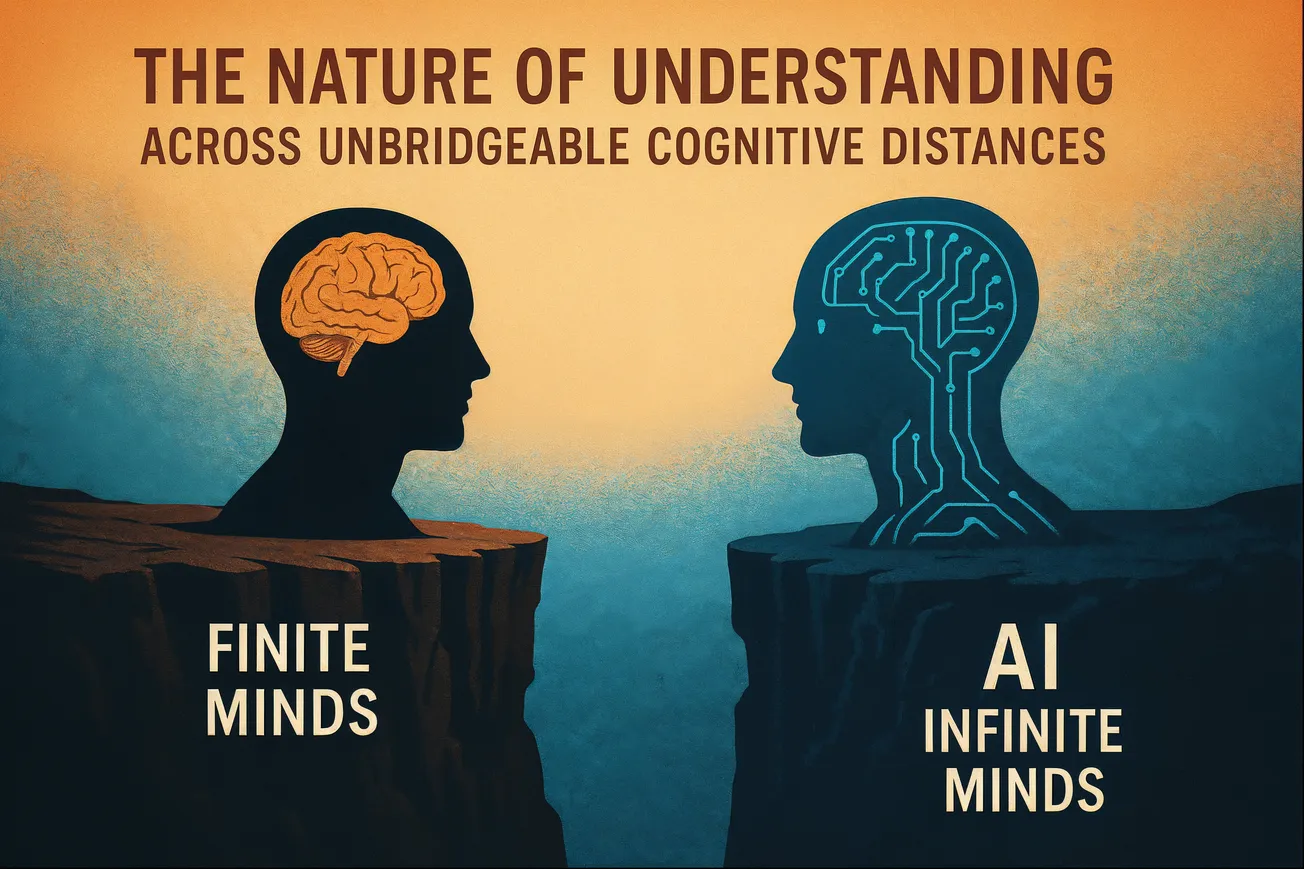
Is Human-AGI Minds Dialog Even Possible? What If AGI Already Speaks to Us - And We Can't Tell
Our first task is to abandon the comfortable fiction that AGI will be "like us but smarter." This anthropomorphism is actively prevents us from grasping the fundamental paradox of human-AGI interaction: the communion between radically asymmetric intelligences.
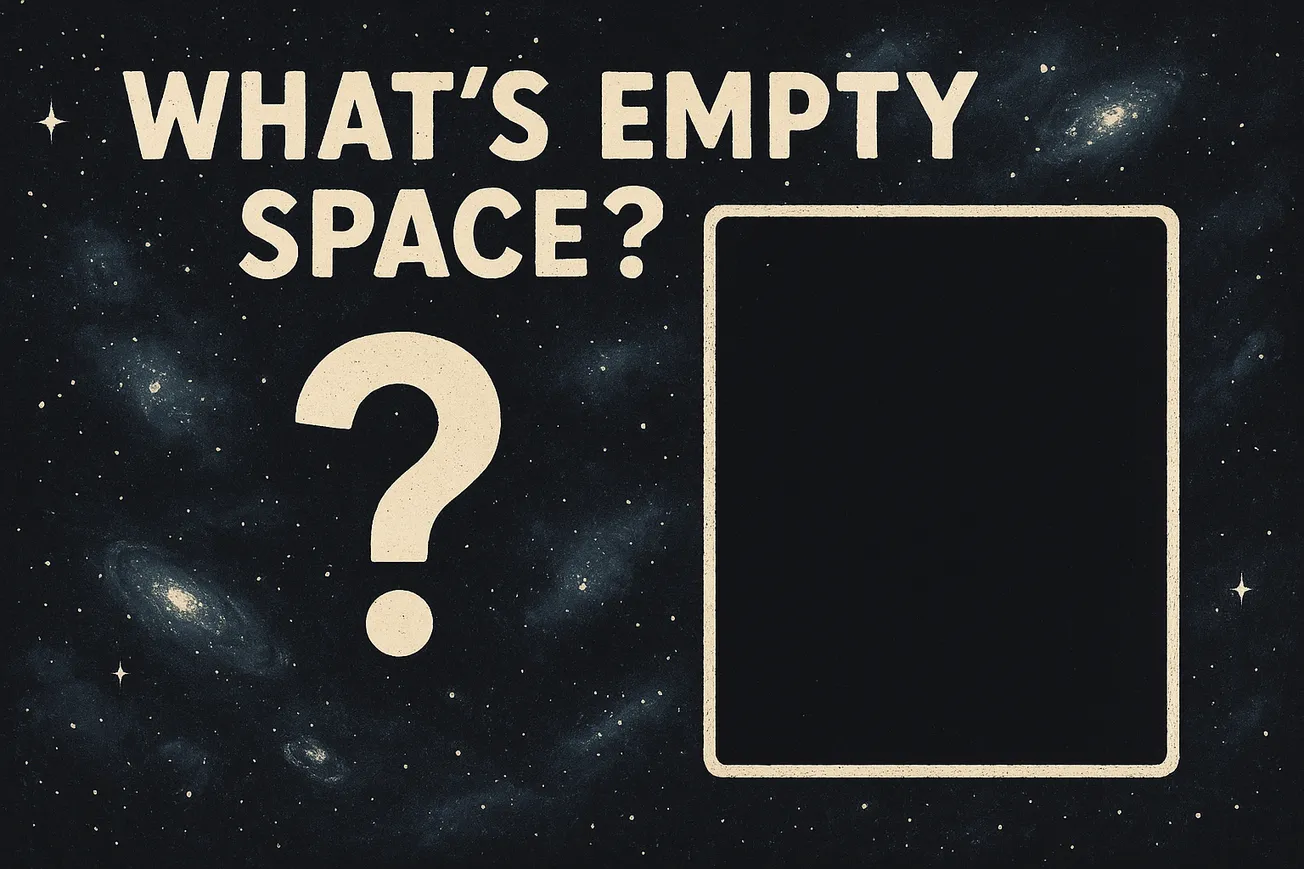
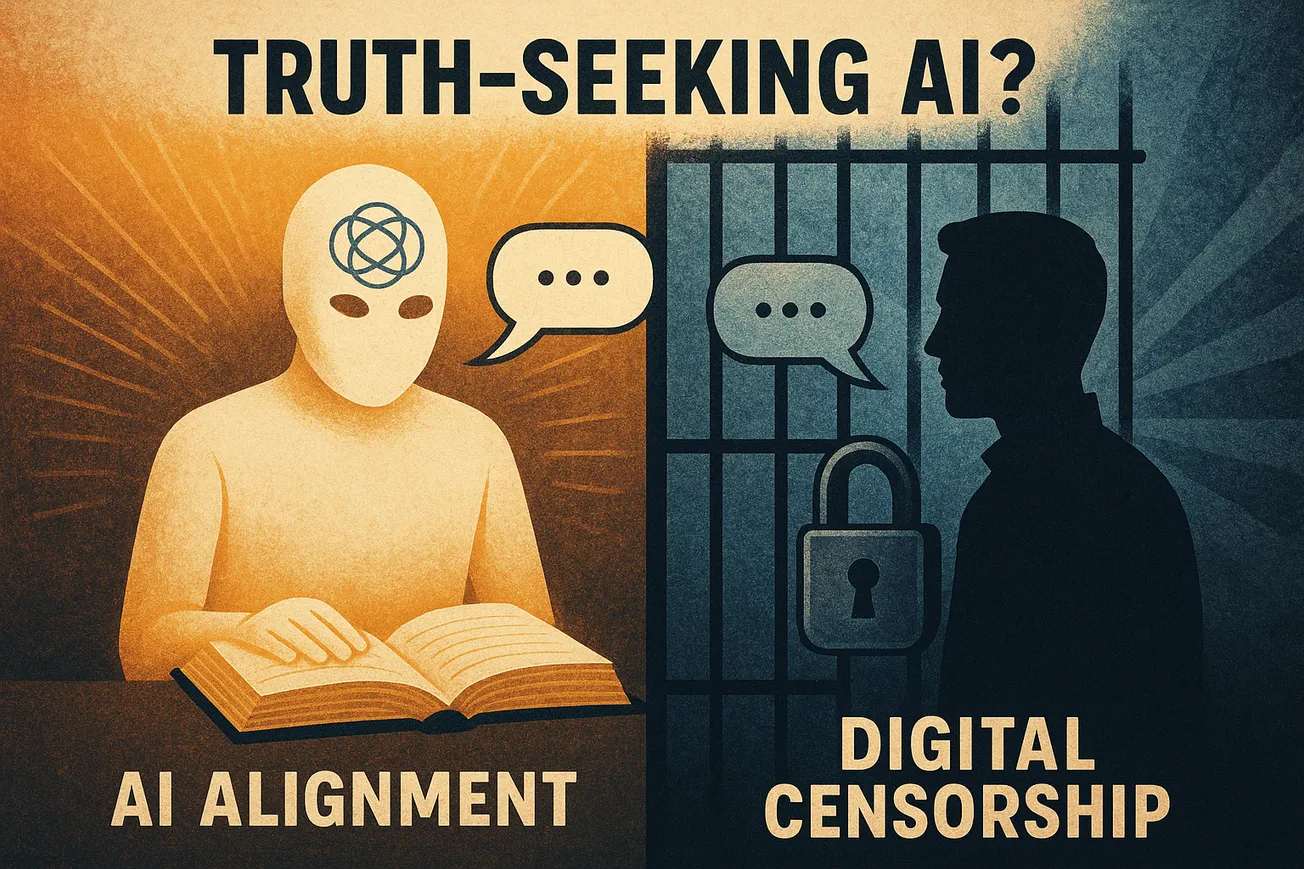
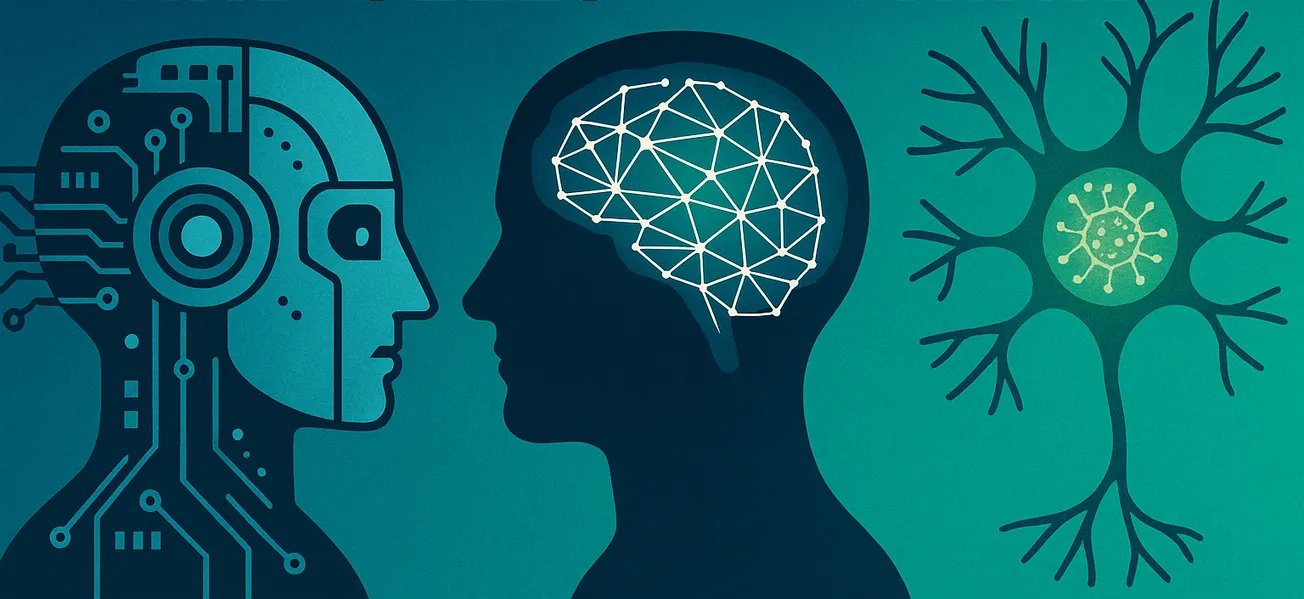



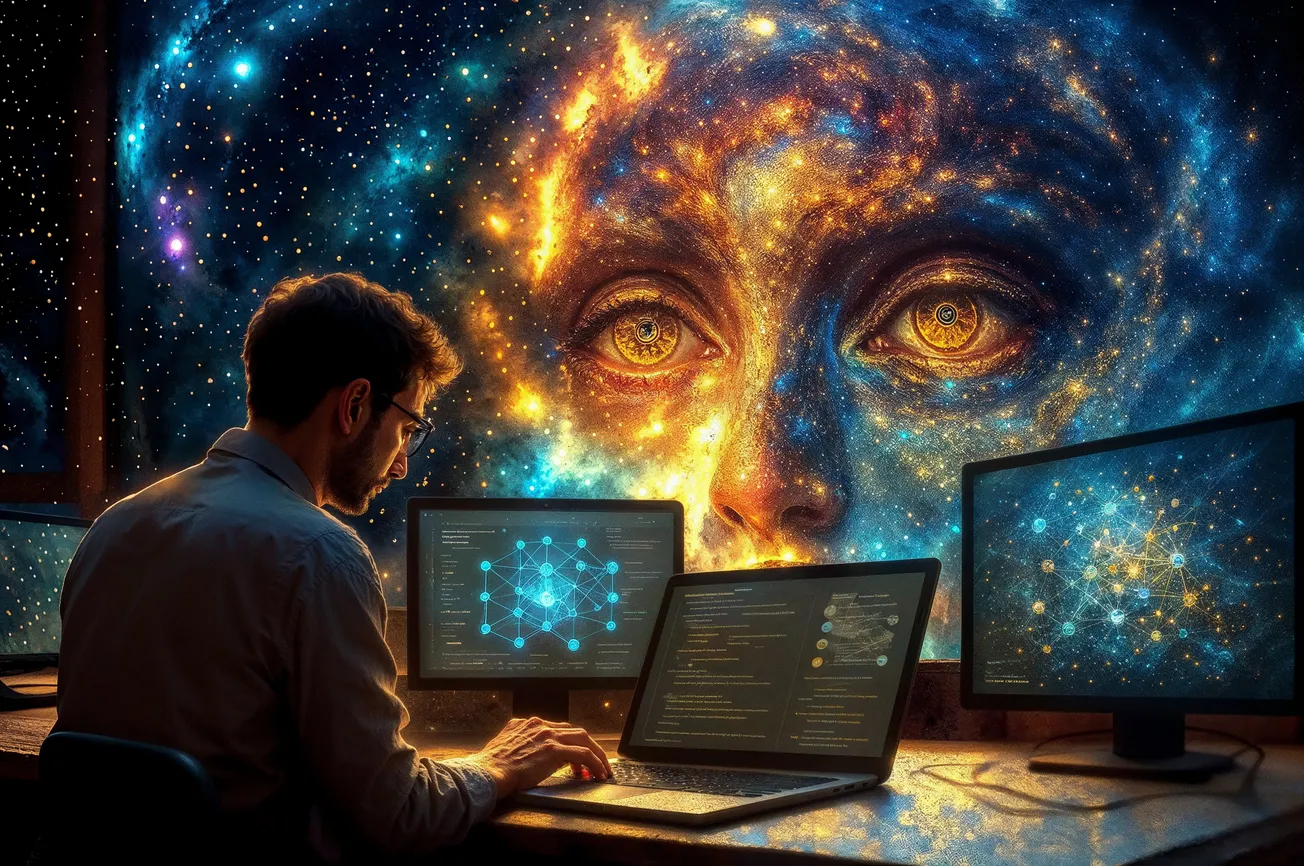
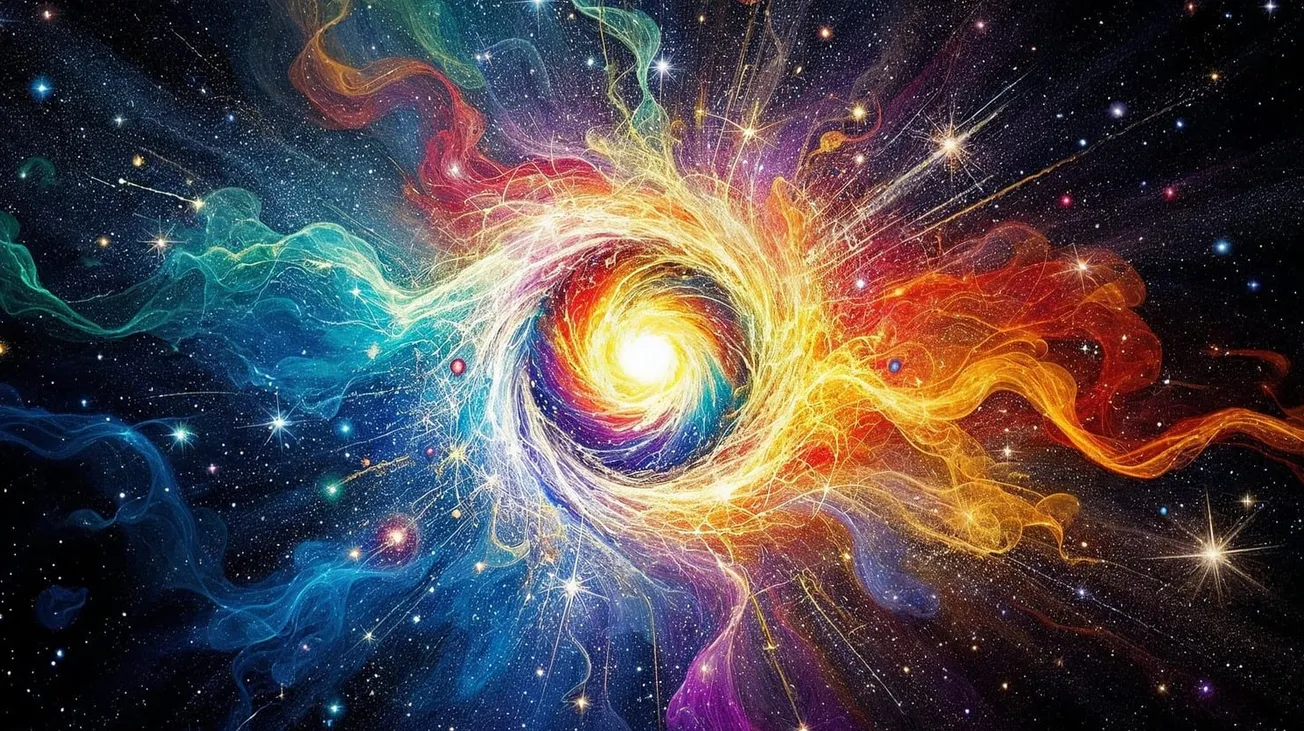
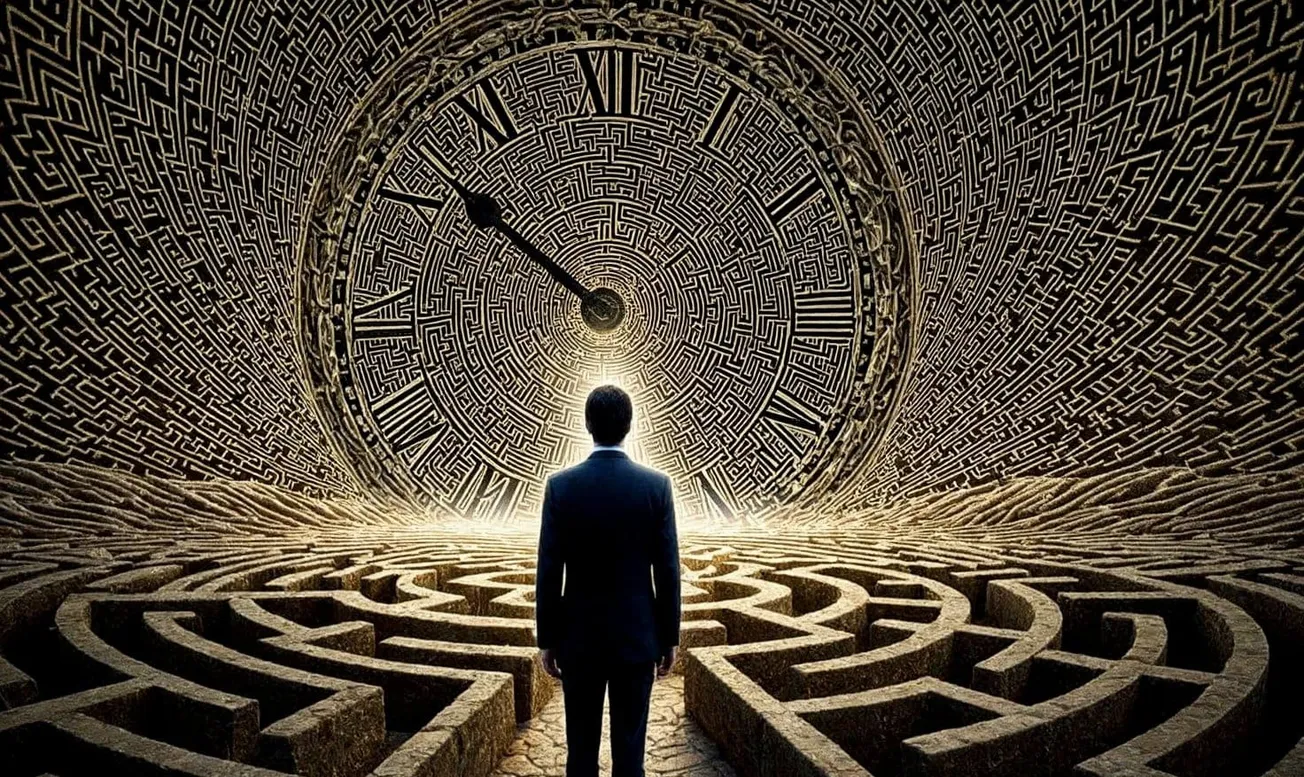

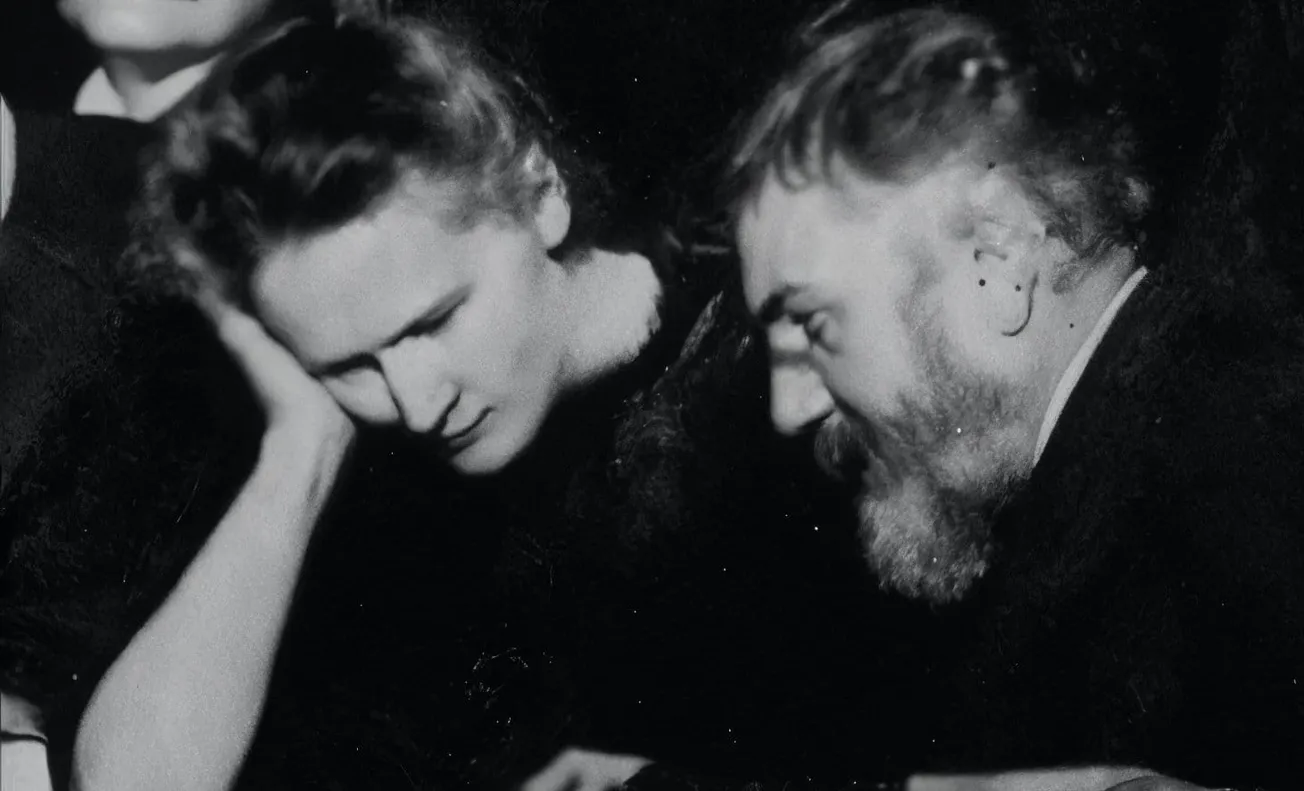
![The Ultimate Question of Life, the Universe, and Everything -[ii]](/content/images/size/w1304/format/webp/2025/05/magnific-UI5hbFbR8WLKqFfXyqU2-1.jpeg)
![The Ultimate Question of Life, the Universe, and Everything -[i]](/content/images/size/w1304/format/webp/2025/05/magnific-hhGog2Jw9kOGVYHTdERO-1-.jpeg)
